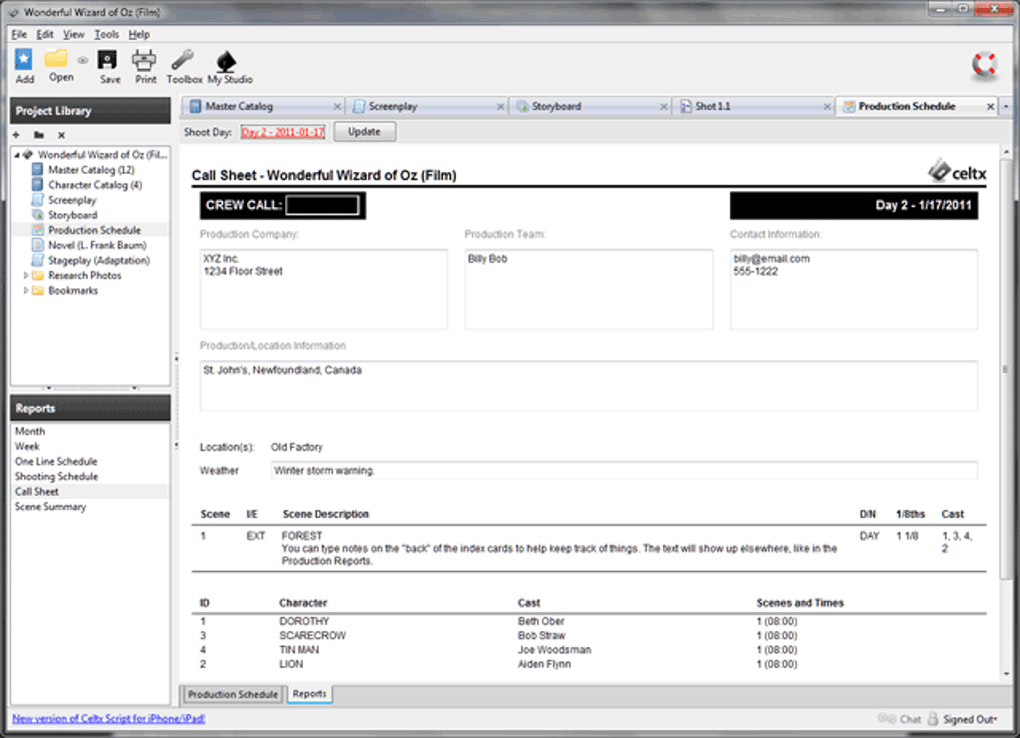

Click the Paste Options button that appears right after you pasted the text. The pasted text either retains its original formatting or takes on the formatting of the surrounding text either way, let's say the formatting is not what you want. Position your cursor in the right spot and press the usual Ctrl/V to paste the text. Select a word or line of text with one type of font or attribute and move it to an area of text with different formatting. Launch Microsoft Word on your PC and open a document with text-use a document that contains different text formatted with more than one font or attribute. SEE: 50 time-saving tips to speed your work in Microsoft Office (free PDF) (TechRepublic) (I'm using the latest version of Microsoft Word from an Office 365 subscription, but the steps apply to the past few flavors of Word as well.) Let's look at how to control Word's copying and pasting. The secret to using copy and paste in Word is to set it up properly ahead of time, but you can also control the content just before and just after you paste it. Other times, the pasted content affects the surrounding text. Sometimes the content you paste doesn't retain or use the formatting you want. To see this for yourself, use Chrome to play with the following code.Image: WBP/Nmedia, Getty Images/iStockphotoĬopying and pasting content in Microsoft Word can be a time-saver, but it can also be frustrating.

Browsers (with the exception of Chrome) only fire clipboard events when there is a valid selection and focus on HTML elements.These are fired when a user presses the keyboard shortcuts or uses the browser’s menu. In general, you can only access the clipboard during a system cut, copy, or paste event. Because of this, browsers limit access to the clipboard. There are several security issues with letting a web page access the system clipboard.


 0 kommentar(er)
0 kommentar(er)
